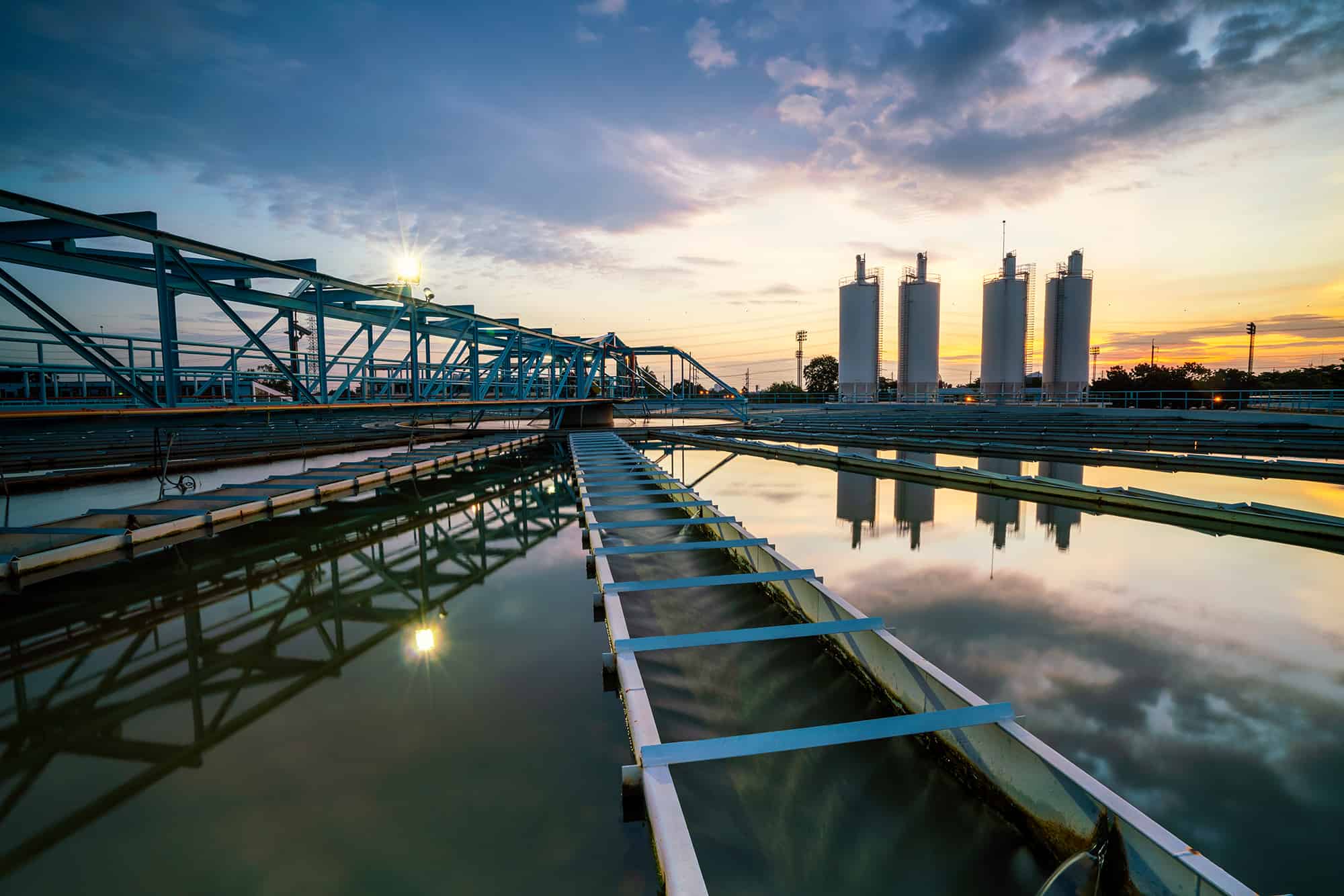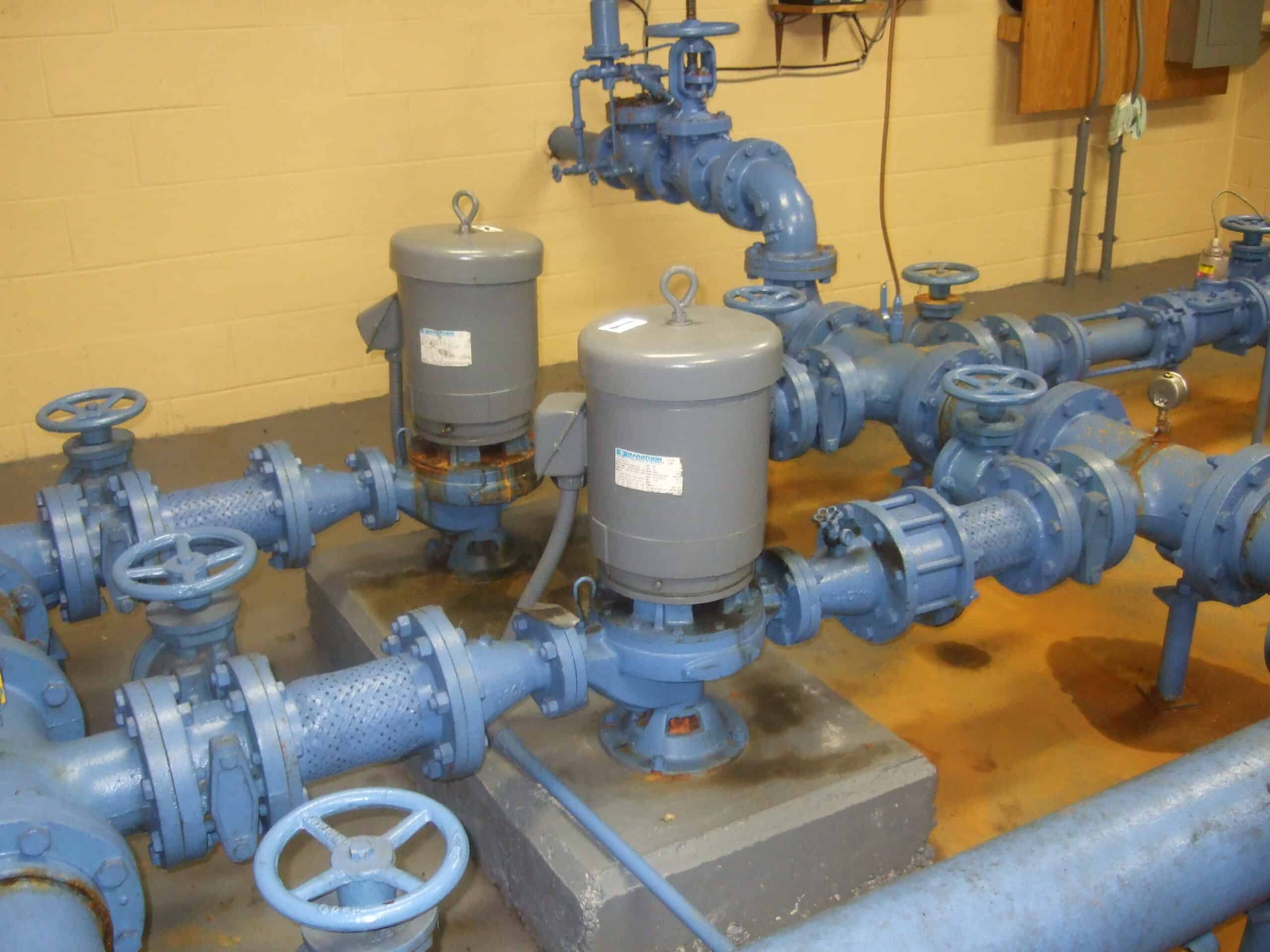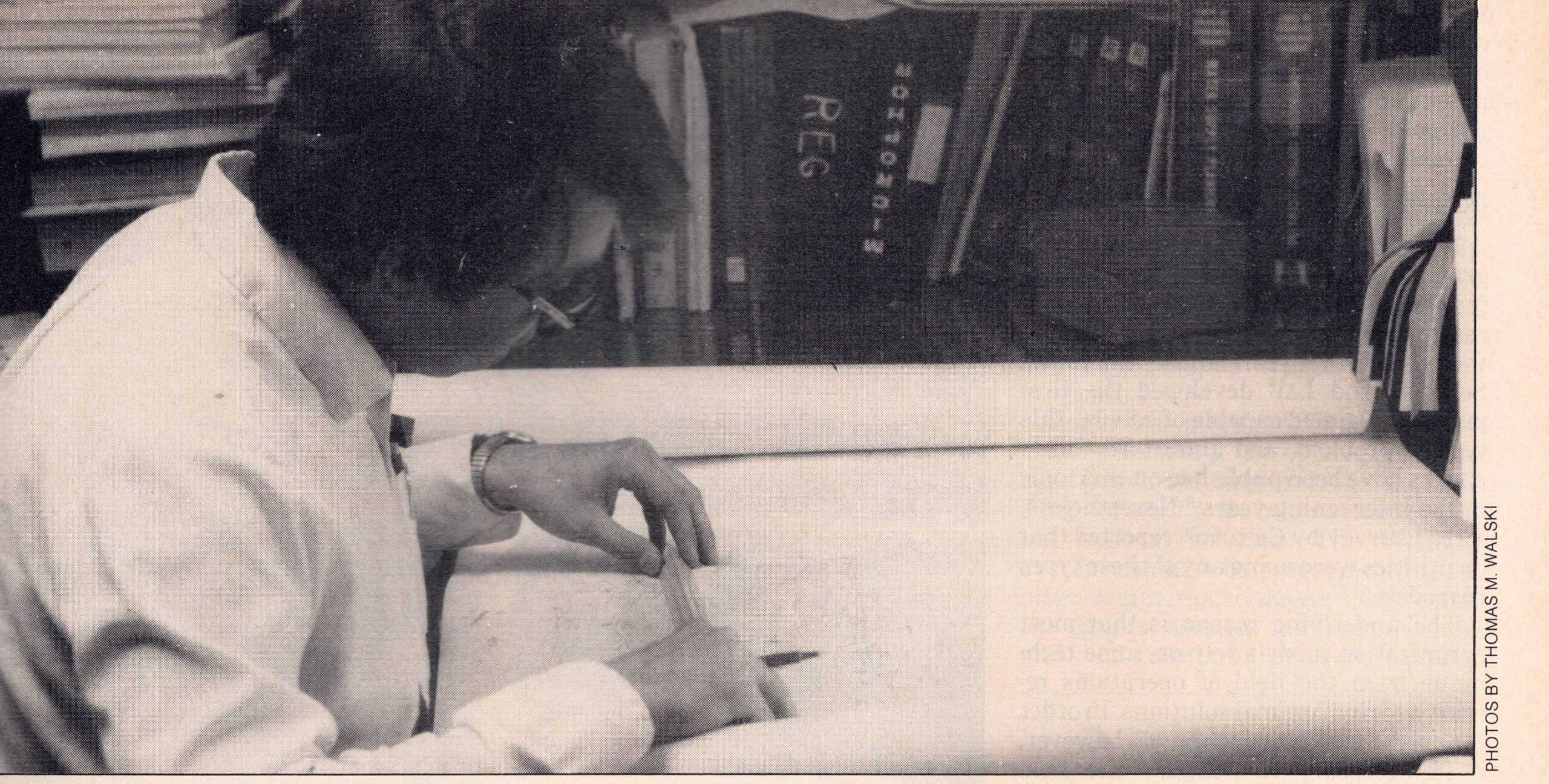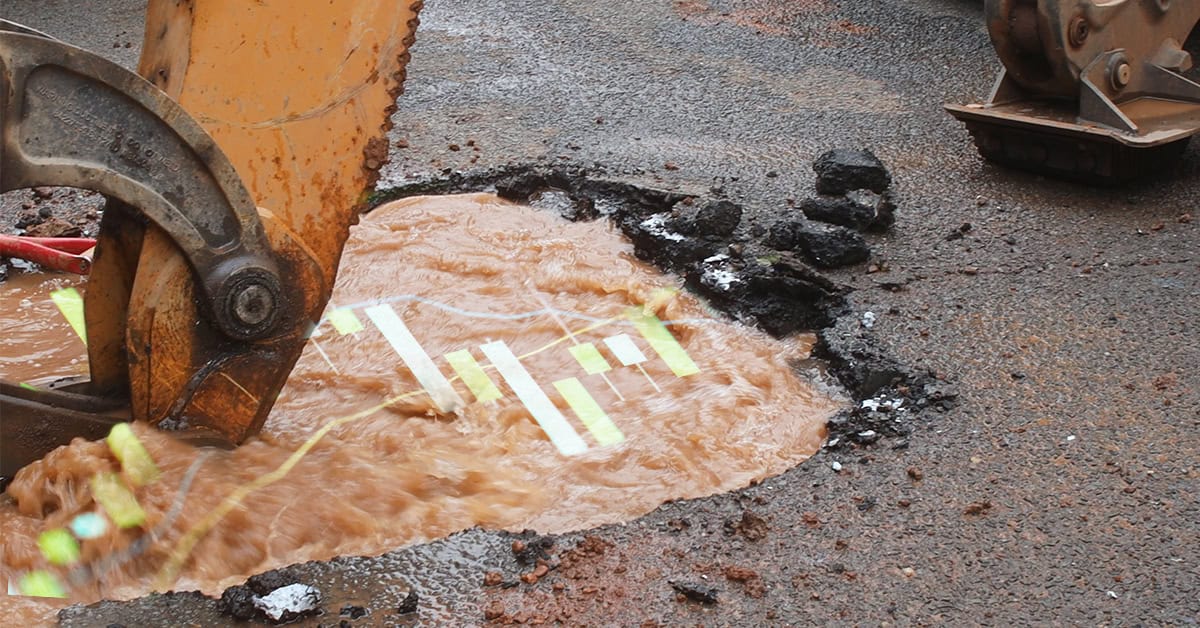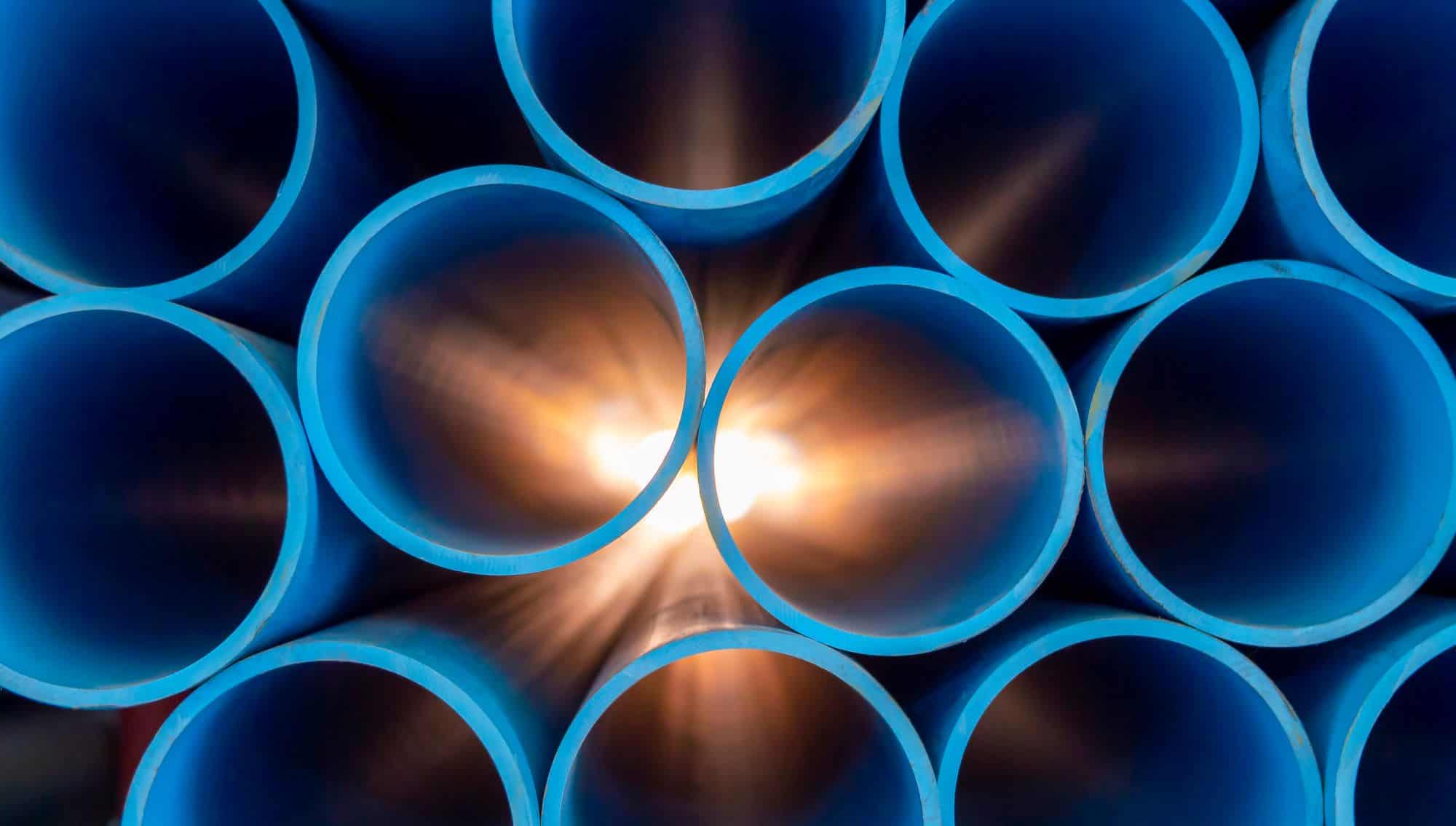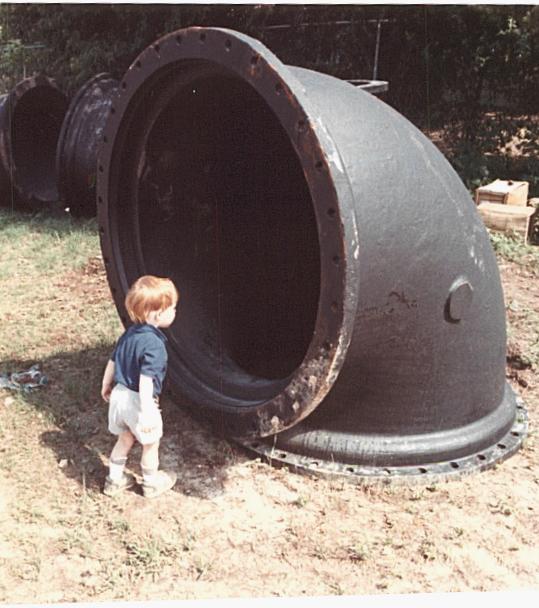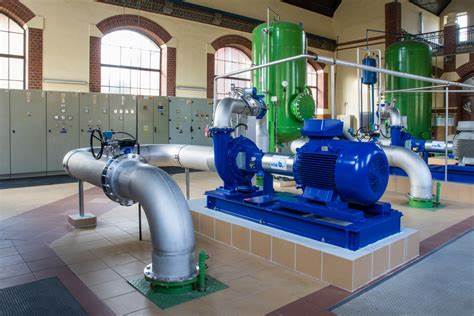Flow control valve (FCV) elements are the most abused elements in WaterGEMS/WaterCAD. If I had my way, I would eliminate them as model elements.
In the many years I have been working with water and wastewater systems, I can’t recall ever seeing an actual valve that behaves the way that the FCV model element behaves. There are always better ways to model valves that control flow. Before you insert one in a model, you need to ask yourself if you really have a valve that will behave this way. According to the WaterGEMS/WaterCAD help.
“FCVs are used to limit the maximum flow rate through the valve from upstream to downstream. FCVs do not limit the minimum flow rate or negative flow rate (flow from the To Pipe to the From Pipe).”
If you search for flow control valves on Google or Bing, you won’t see any listed for the large sizes that exist in water and wastewater systems, and perform as described above. That’s because there are better ways to control water systems and disadvantages to using an FCV that the model describes.
A model FCV is at least four different components:
- A flow meter
- A controller (a PLC) that takes the flow reading and converts it into a valve setting
- A valve body (usually globe body)
- A motor actuator to adjust the valve
Plus, you’d need a power supply and associated wiring and possibly a method to transmit information about the valves back to the control room, usually through the SCADA system.
Why would anyone want to use an FCV?
- “I don’t want to send too much water to one part of my system, so I let the FCV control flow.” But what happens when you have a fire downstream (or another emergency) and the FCV restricts the fire flow even though you could provide more water.
- “I don’t want my pump to pump too much water.” Size the pump correctly. If this is the case of wanting to use the pump to limit flow, use a variable speed pump with appropriate controls. The FCV will waste energy and, if it is placed on the suction side of the pump, can lead to NPSH problems.
- “We want to limit the amount of water we sell to a neighboring water system, so they don’t lower the pressure to our customers.” In that case, a pressure sustaining valve (PSV) is more effective at controlling pressure and much less expensive. It makes more sense to say, “We don’t want to allow the neighboring system to take so much water that they drop our pressure below 35 psi.” A PSV makes more sense in that case. It adjusts dynamically. When you have a lot of pressure, the downstream system can take plenty of water but if the pressure in your system drops, the PSV will prevent it from dropping too low.
- “I can’t get my model to calibrate unless I restrict the flow with an FCV.” Then find out why your model is giving poor results. Inserting a fake FCV to force calibration is an example of “calibration by compensating errors.” That is, using one error to offset another error. This is bad modeling practice.
- “I want to reduce downstream leakage by controlling flow.” A pressure reducing valve does a much better job at a lower cost.
Another problem with an FCV is that you have it set for a given flow (say 40 L/s) and the downstream demand is higher (50 L/s) with no other source, the model will not run correctly because it can’t solve the equations.
So, before you insert an FCV into your model, make sure it is really what you need.
The instance where you can use one is in a scenario where you want to use the model to prove to someone that the FCV is a bad idea.
But I could be wrong. If somebody has a good application of FCVs in a real system, send it to me at tom.walski@bentely.com. If you have a picture of such a valve on a big pipe, send it to me. There must be some exceptions to what I wrote above, and I’m always willing to learn.
If you want to look up past blogs, go to https://blog.bentley.com/category/hydraulics-and-hydrology/.
If you want to contact me (Tom), you can email tom.walski@bentley.com.
Want to learn more from our resident water and wastewater expert? Join the Dr. Tom Walski Newsletter today!

